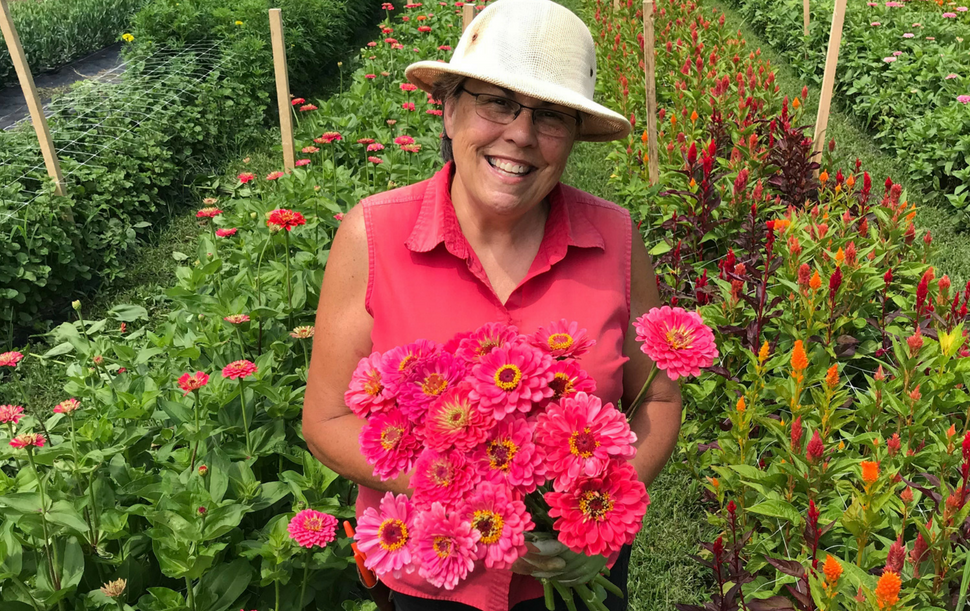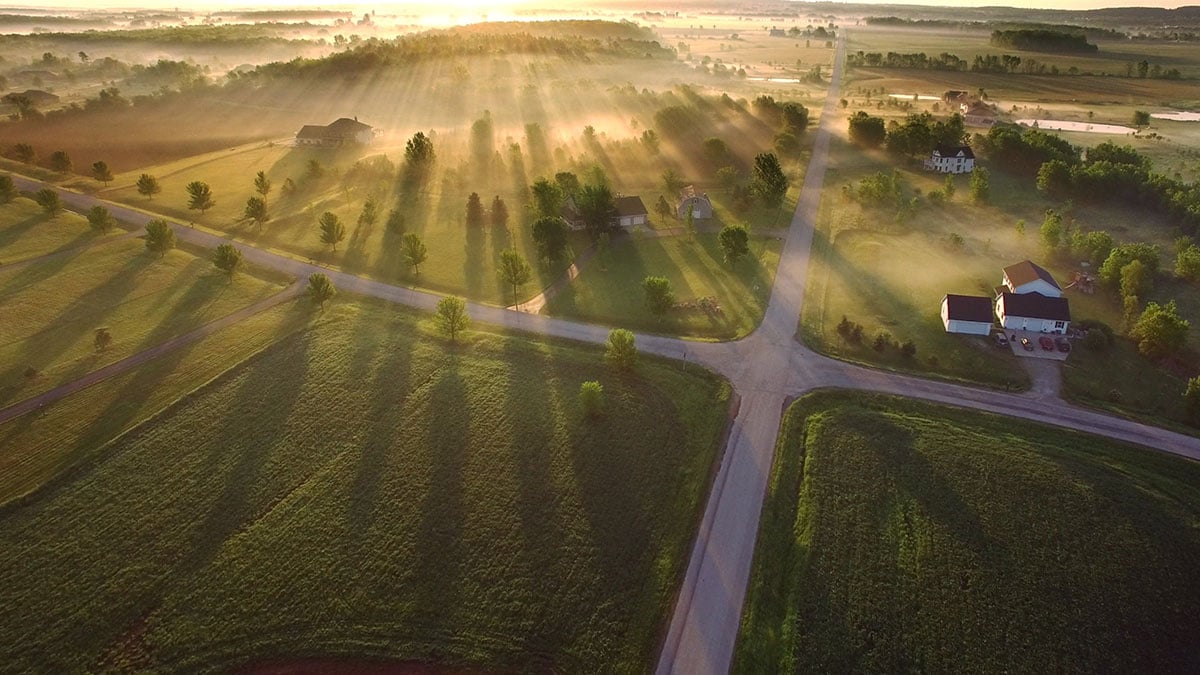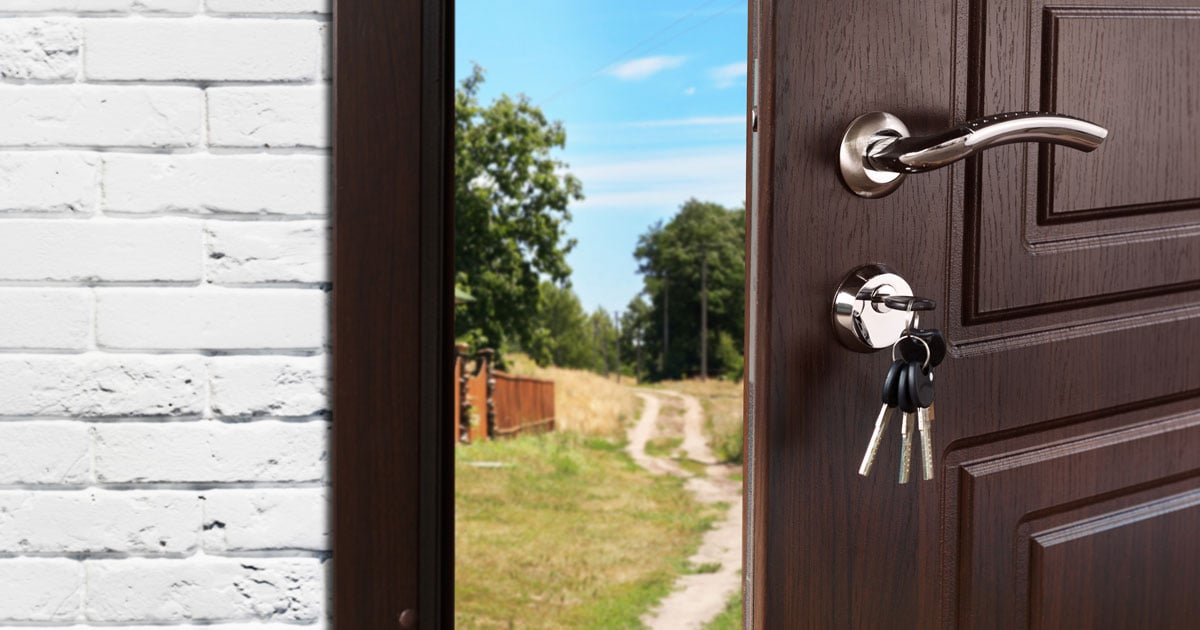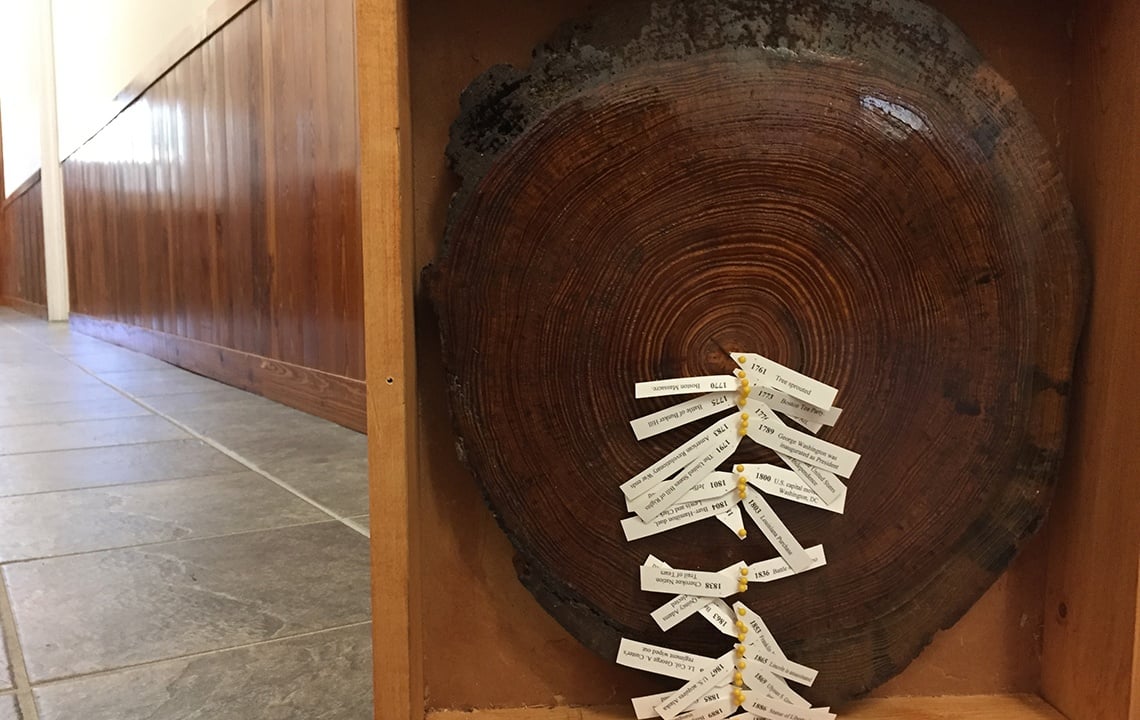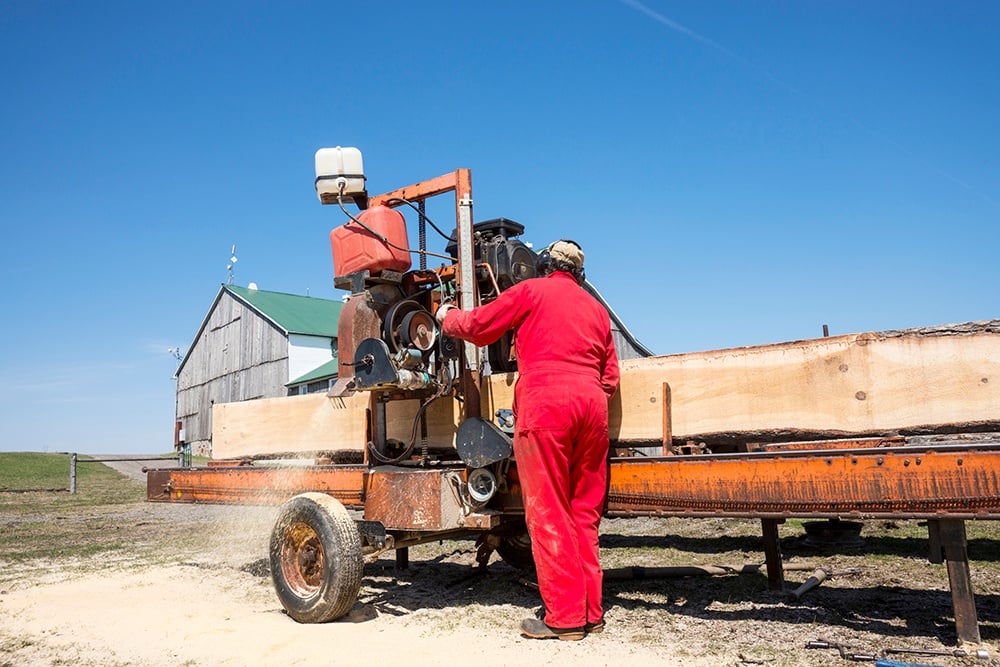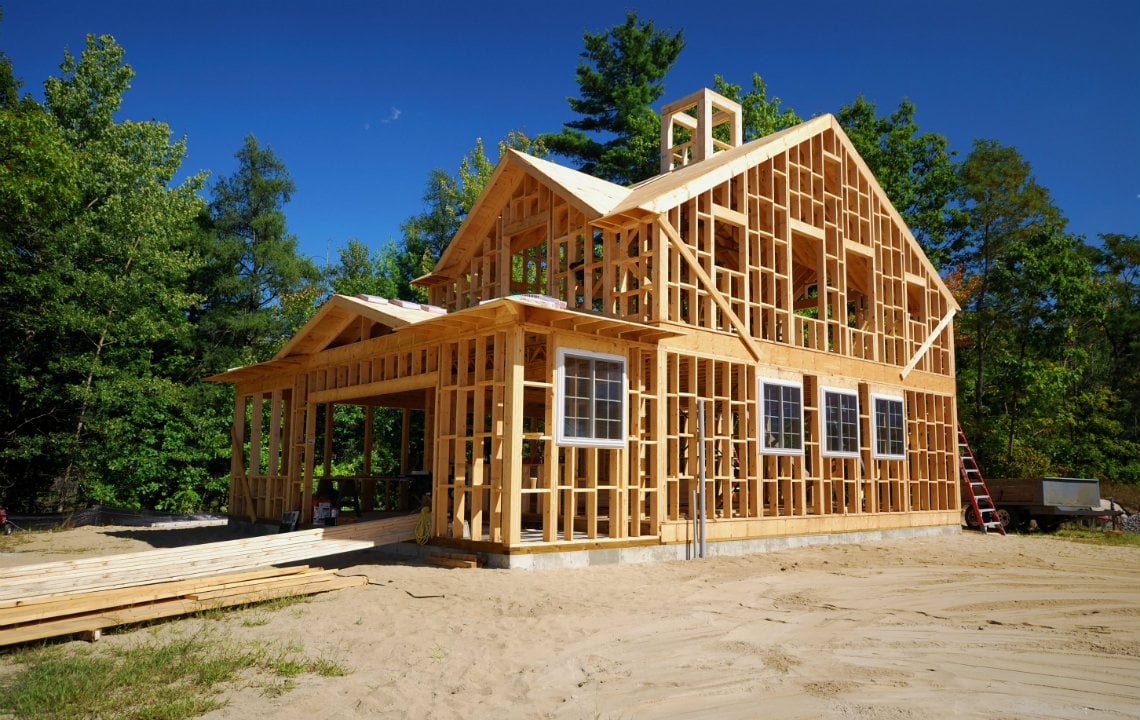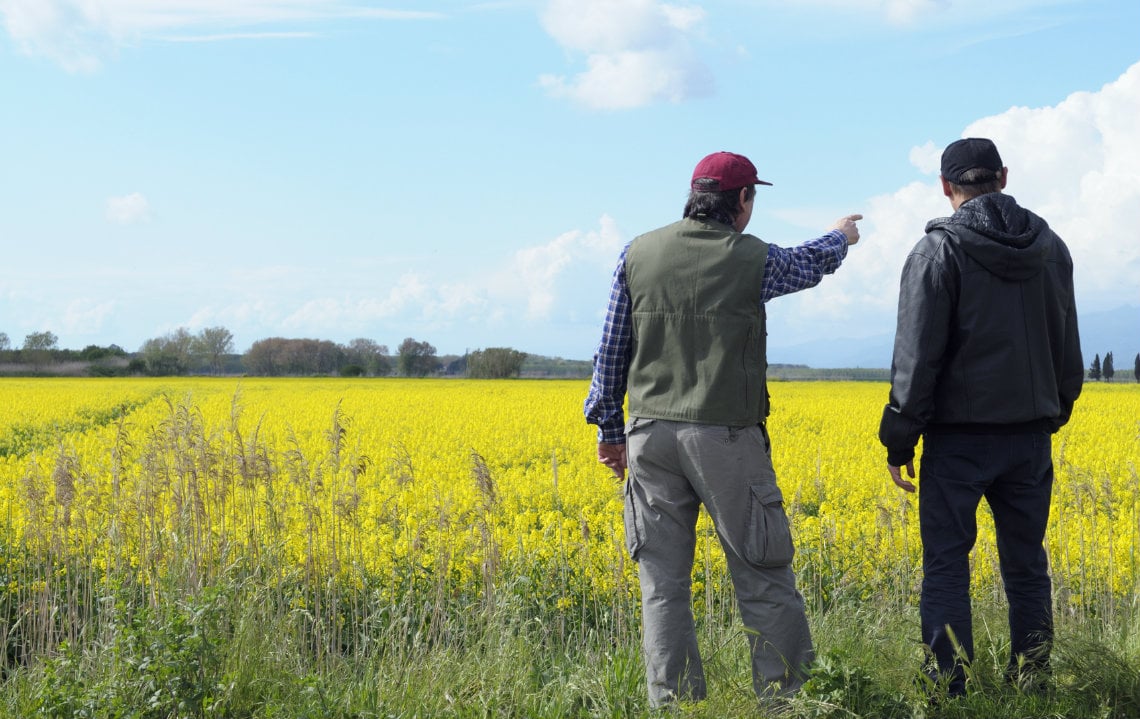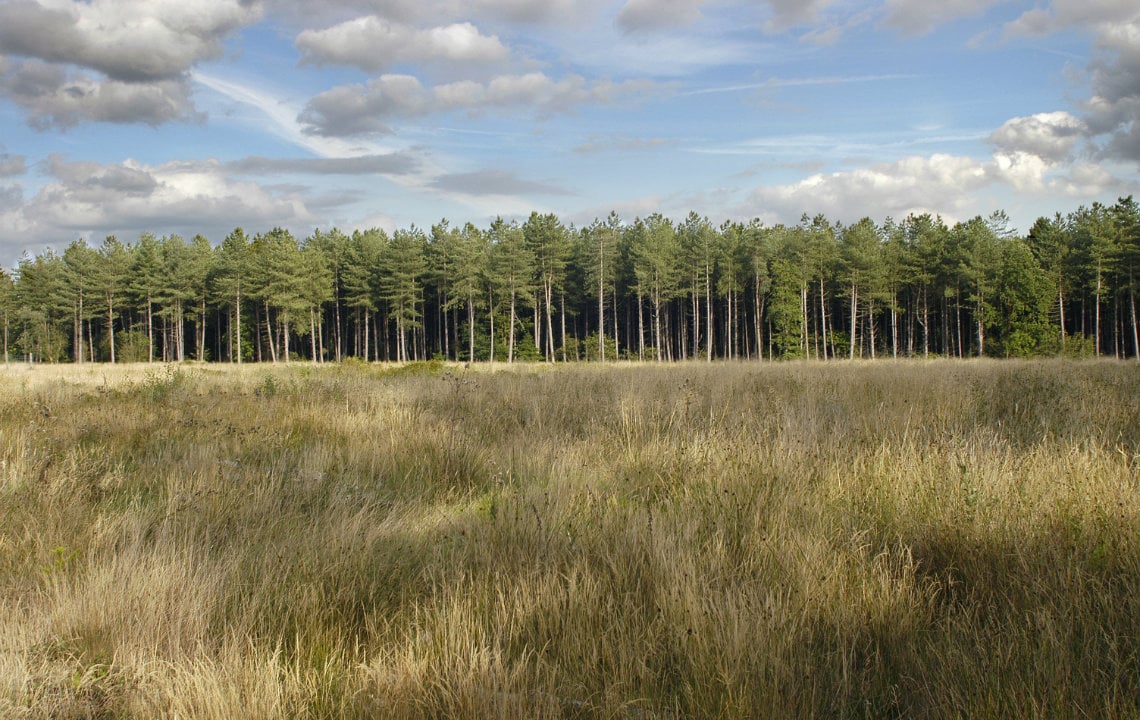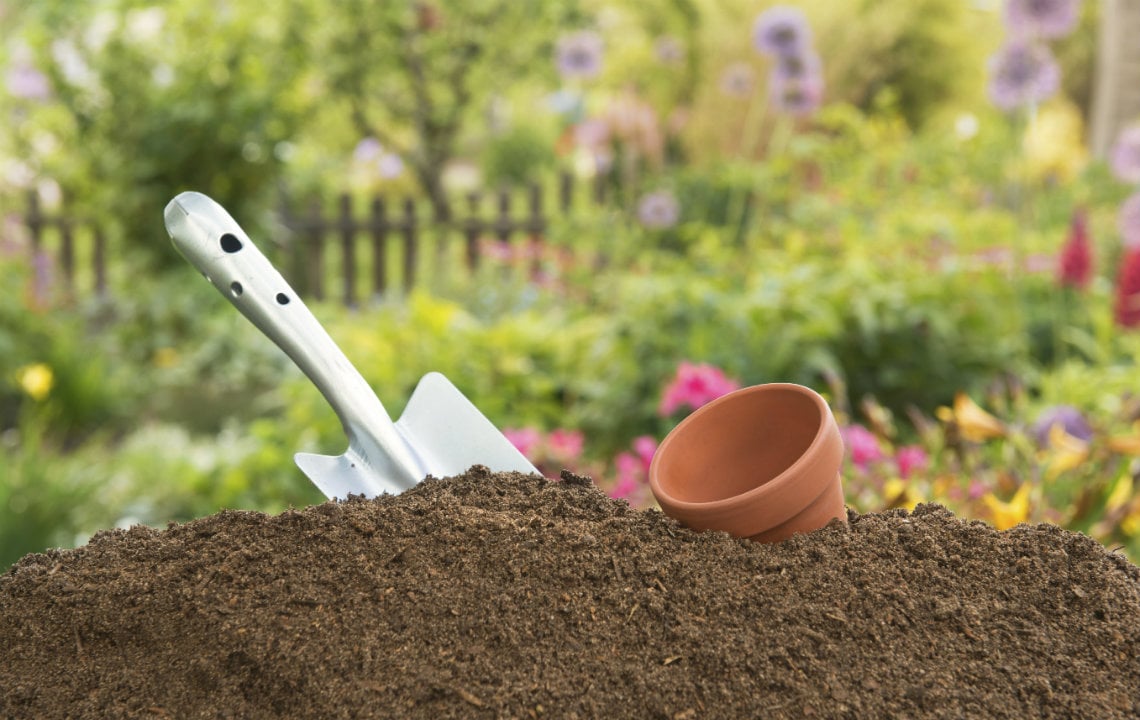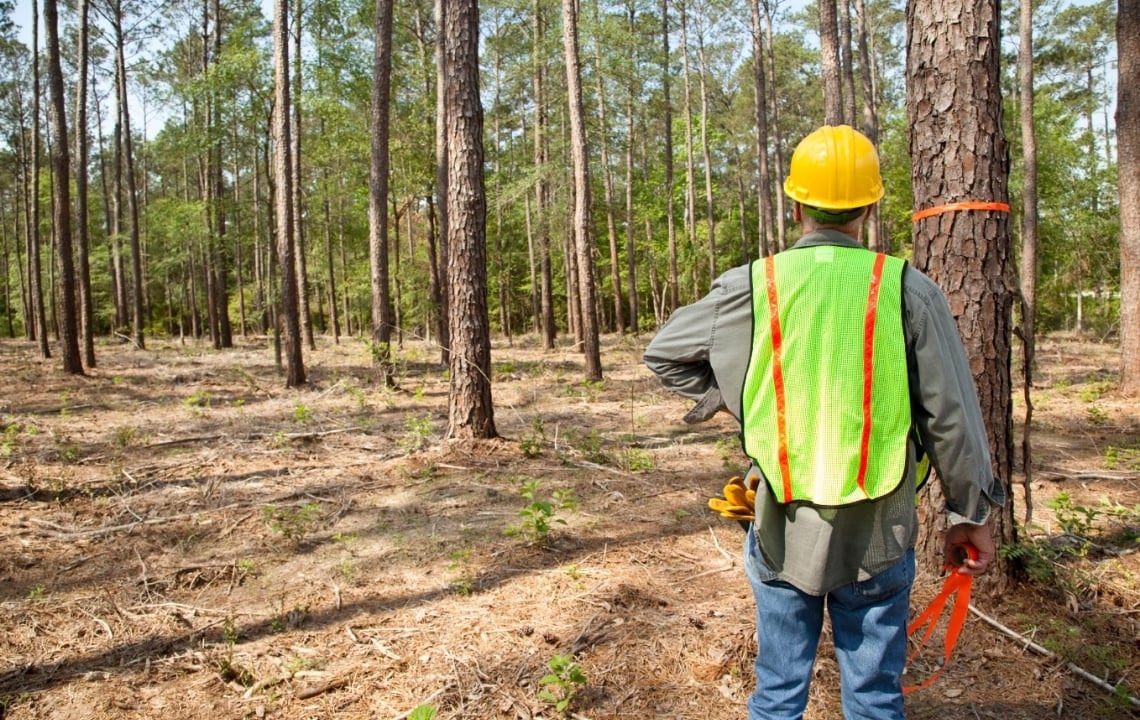How do you set the right price for buying or selling land? A real estate expert gives her advice for finding the right amount to offer on property.
Figuring out what to offer for property is perhaps the most crucial decision for potential buyers and sellers.
We spoke with Karen Stout, agent at Homeland Properties in Huntsville, Texas, about what to consider to arrive at optimum numbers.
By the Numbers: Buying Land
For land buyers, a good rule of thumb is an offer at least 80 percent of the list price to ensure a positive response from the seller, Stout advises.
“A lot of people will bring up, ‘Oh, well, the property has been on the market for a long time,’” she says. As a test, these buyers will lowball an offer.
“Of course, we submit all offers to all sellers,” says Stout, but an ill-considered overture is a waste of time. “Usually it’s not anything the seller will consider.”
Most serious buyers will do their due diligence before arriving at a sensible figure.
“They have already looked at the area, they’ve looked at flood plains, they’ve looked at access, and so forth,” Stout says.
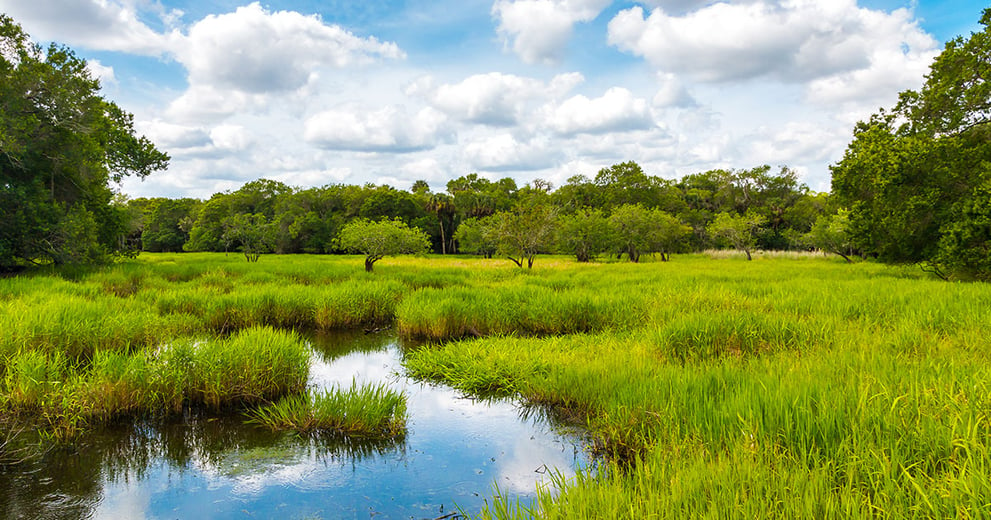
She cites a recent transaction her company handled. The buyer was sold on the area and desired to relocate there. He was interested in a property divided into roughly 20-acre lots and newly on the market.
“It had already attracted a lot of attention,” Stout says. “I told him the seller isn’t going to discount a whole lot and that his offer needed to be compelling enough for the seller to consider it.” The potential buyer didn’t want his ideal property slipping away. He offered a couple of hundred dollars below asking price.
“We were able to get the deal done,” Stout says.
By the Numbers: Selling Land
Serious sellers will also need to do their due diligence to settle on an appropriate price. Stout’s company provides “comps” – comparable sale prices – to sellers to help them determine asking price. The comparisons report what tracts at what size have sold recently within that area and or county.
Other considerations for factoring price include: improvements to the property, timber availability, electricity and water availability, floodplain and easement access. (See our interview with a property appraiser for more information on what creates value on property.)

“Most of our clients are looking for higher and better use tracts,” she says. “They are looking at tracts with significant road frontage, great access, access to utilities and so forth.”
The seller may also have an external appraisal of the property to help determine list price.
“In Texas, typically we may have a dirt value, which is the land without anything on it, just raw land,” Stout says. “Then, if it’s a larger tract that’s more of a recreational or timber investment, you’ll have a value put on the timber. If it’s a tract where the seller has done improvements – gate entrances, driveways and so forth – the seller is going to look at what number they think should be the list price based on book value, improvements they’ve done and also prices dictated by the market.”
By the Numbers: Loans
To afford property, some buyers use inherited money. Others have saved for their dream tract. Still others move around investment money to purchase land. Still, a great many buyers require loans from private lenders dedicated to rural or agricultural buyers, such as farm credit institutions.
“These lenders typically require 20 percent down,” Stout says. “When a potential client looks at a piece of property, they have to factor in 20 percent down payment as well as fees the lender will charge.”
Stout encourages potential buyers to check around for different lending options.

“Historically, it’s always been ag lenders, like Capital Farm Credit or Texas Farm Credit here,” she says. “But we are seeing more private banks or credit unions get involved in lending on land. Check their range, their products, and their down payment so you are getting the best opportunity.”
The goal is to obtain property that best suits the buyer’s needs for the best price, a transaction for which Stout is happy to be a part.
“Every tract is unique, every buyer is unique, and every sale is unique,” she says. “It’s a fun industry because you get to see people fulfill their dreams to buy what they’ve always looked forward to.”







